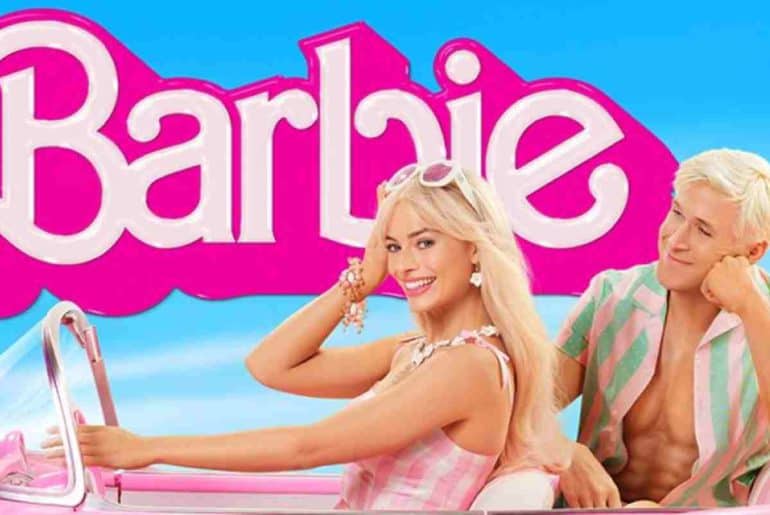The media had rung the death knell on theatres and the concept of cinemagoing; statistics showed a steep decline in audiences going to movie theatres to watch films. Moreover, films shifted, literally and in the making, to the smaller screen, with several releases on OTT platforms. However, in the last year, there seems to have been a reemergence of the cinematic experience as the primary choice, as opposed to one among many.
Some surveys suggest that during the pandemic, India lost over 24 million cinemagoers, according to a report called Sizing the Cinema. It also suggested that the Hindi movie-viewing audience shrank by around 20%. Several multiplexes faced immense losses due to the abrupt lockdown and sanitation measures, leaving theatres around the world lifeless. Similarly, abroad, companies like Regal Cinema were forced to shut down, given the extent of their losses.
However, 2023 has also been a year of cinema revival, opening with Shah Rukh Khan’s mega-blockbuster, Pathaan, his great comeback film. Metted out to be quintessentially Bollywood down to the last shot, it was also an ode to the true Bollywood cinematic experience: camp, chock-full of machismo and physics-defying stunts, and most importantly, larger than life. It led to the reopening of 22 cinemas across India, which had once been bankrupted by strains of the pandemic. However, just a few months down the line, we lay witness to perhaps the largest cinematic release of Barbie and Oppenheimer, or as colloquially known, Barbenheimer.
Two films, not belonging to huge cinema franchises, managed to pull more eyeballs to the screen than most films in the past decade. It was the way the two played with familiar ideas and the way they connected to common political issues like feminism or the nuclear race, which already resided in the minds of the people (that isn’t to say their extensive marketing programmes had nothing to do with their popularity). Other releases coming up in September, like Shah Rukh Khan’s Jawaan, are also expected to fill theatres to the brim.
While we saw the palpable switch to the small screen in the pandemic, or OTT platforms like Netflix or Hulu, which gained popularity for their efficiency, accessibility, and considerable lack of censorship (especially in India), it seems as though for audiences none of this trumps the community experience of watching a movie in a hall, especially the big over-the-top productions. Movies have always relied on the masses for viewership and communication. Studies suggest the idea of sitting in a cinema hall creates a degree of escapism but, more importantly, allows one to espouse some semblance of belonging, a comforting thought after the pandemic of loneliness most have faced. With the combination of the grandiosity of movie theatres as well as the sense of community they provide, where every laugh and tear is shared, it’s no surprise that cinema, as it was imagined to be, is here to stay—on the big screen.
Read also: Barbie: A Review
Featured Image Credits: Hocmarketing.org
Chaharika Uppal
[email protected]


